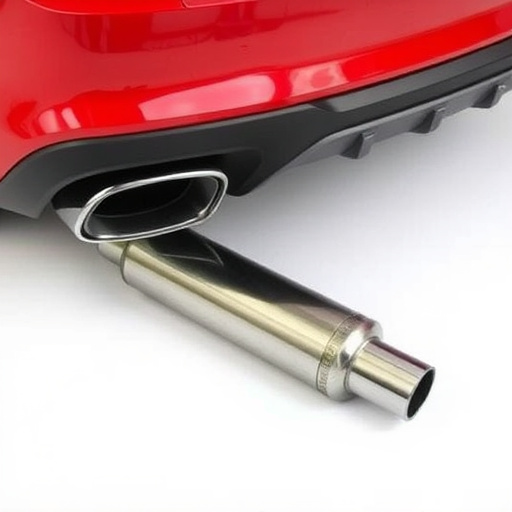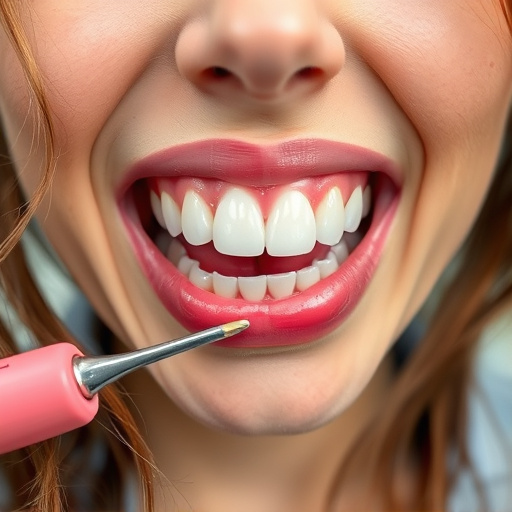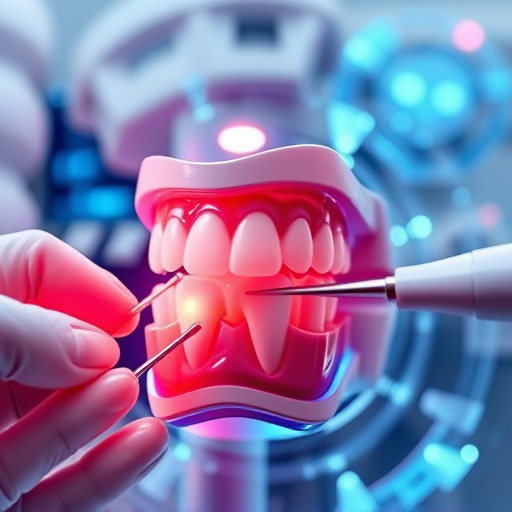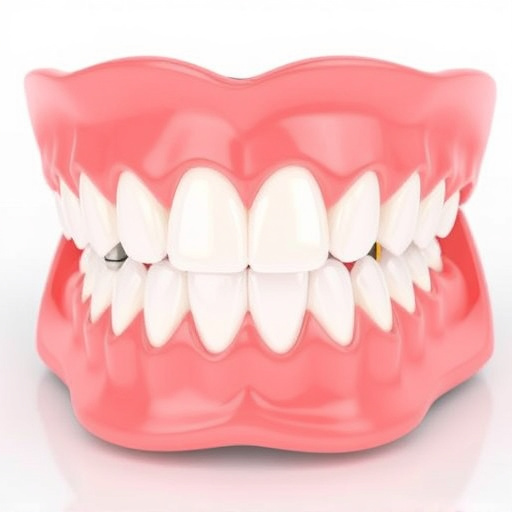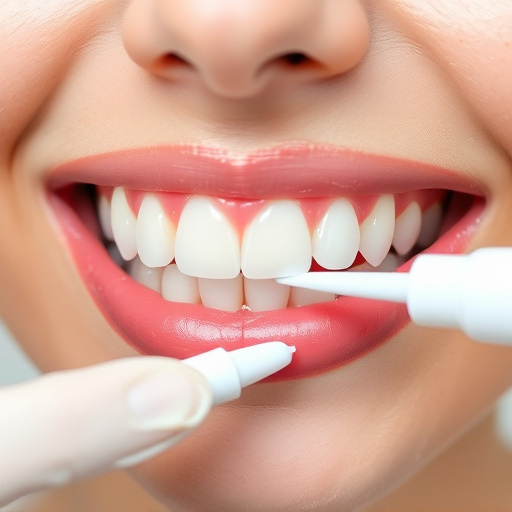Dental crowns and bridges are essential for restoring oral health and aesthetics. Metal crowns offer superior strength and durability, ideal for back teeth, while ceramic crowns provide a natural look but require more maintenance. Longevity varies, with dental crowns typically lasting over a decade compared to bridges' 15-year lifespan. Cost and aesthetics guide choices; crowns are more expensive but natural-looking, while bridges are less costly but may not match precisely. Clear aligners offer a discreet alternative. The best option balances financial and aesthetic considerations based on patient needs.
Dental crowns and bridges are essential restorations for maintaining oral health and aesthetics. This comprehensive guide compares different types of dental crowns and bridges, focusing on material differences between metal and ceramic options. We explore longevity, care requirements, and cost considerations to help you understand which restoration suits your needs best. By the end, you’ll be equipped with knowledge to make an informed decision for optimal oral health and confidence in your smile.
- Material Differences: Metal vs. Ceramic Crowns and Bridges
- Longevity and Care: Which Option Lasts Longer?
- Cost and Aesthetics: Factors in Choosing Dental Restorations
Material Differences: Metal vs. Ceramic Crowns and Bridges

Dental crowns and bridges are essential components in restoring oral health and aesthetics. When it comes to materials, two popular choices stand out: metal and ceramic. Metal crowns and bridges, typically made from durable alloys like gold or silver, offer exceptional strength and longevity. They are particularly suitable for back teeth due to their resistance to chewing forces. Moreover, metal restorations can withstand high temperatures and pressure, making them a reliable choice for tooth repair in demanding areas of the mouth.
On the other hand, ceramic crowns and bridges have gained popularity for their natural appearance, closely resembling the color and texture of real teeth. These are often preferred in children’s dentistry for front teeth due to their aesthetic appeal. Ceramic materials are less prone to chipping and staining compared to metal, making them a more cosmetically pleasing option. However, they may not be as durable as metal and could chip or fracture over time, especially with heavy chewing or traumatic incidents, requiring prompt dental fillings to maintain oral health.
Longevity and Care: Which Option Lasts Longer?

When considering dental crowns and bridges for restoring damaged or missing teeth, longevity plays a crucial role in your decision. While both options are designed to last for many years, there’s a notable difference in their durability. Dental bridges, when properly fitted and maintained, can last up to 15 years or more. This makes them a cost-effective solution for some, especially if they’re used to replace one or two teeth.
On the other hand, dental crowns tend to be longer-lasting, often enduring for over a decade with proper care. This is partly due to their individual design and placement, allowing them to preserve more of the natural tooth structure. Additionally, crowns can withstand chewing forces better than bridges, making them ideal for back teeth that bear more pressure during eating and speaking. Regular visits to your family dentistry or preventive dentistry clinic for check-ups and professional cleanings are essential to prolonging the life of both dental crowns and bridges.
Cost and Aesthetics: Factors in Choosing Dental Restorations

When considering dental restorations like dental crowns and bridges, cost and aesthetics play significant roles in decision-making. While dental crowns offer a natural look and feel, they can be more expensive due to their custom nature and materials used. On the other hand, bridges are generally less costly but may not always match the surrounding teeth as closely. The choice between these often comes down to personal preference and budget.
Additionally, modern options like clear aligners have emerged as alternatives, though they typically involve a series of transparent trays rather than traditional dental crowns or bridges. This method can be appealing for its discreetness but may not suit every case or budget. Ultimately, the decision should consider both the financial implications and the desired aesthetic result, aligning with the patient’s individual needs and goals.
When deciding between dental crowns and bridges, understanding material differences, longevity, and cost is crucial. Metal crowns and bridges offer durability and resistance to wear, while ceramic options provide excellent aesthetics and compatibility with oral tissue. The choice depends on individual needs, budget, and preferences. Regular care and maintenance are essential for both types to ensure long-lasting results. By considering these factors, you can make an informed decision to restore your smile effectively.



